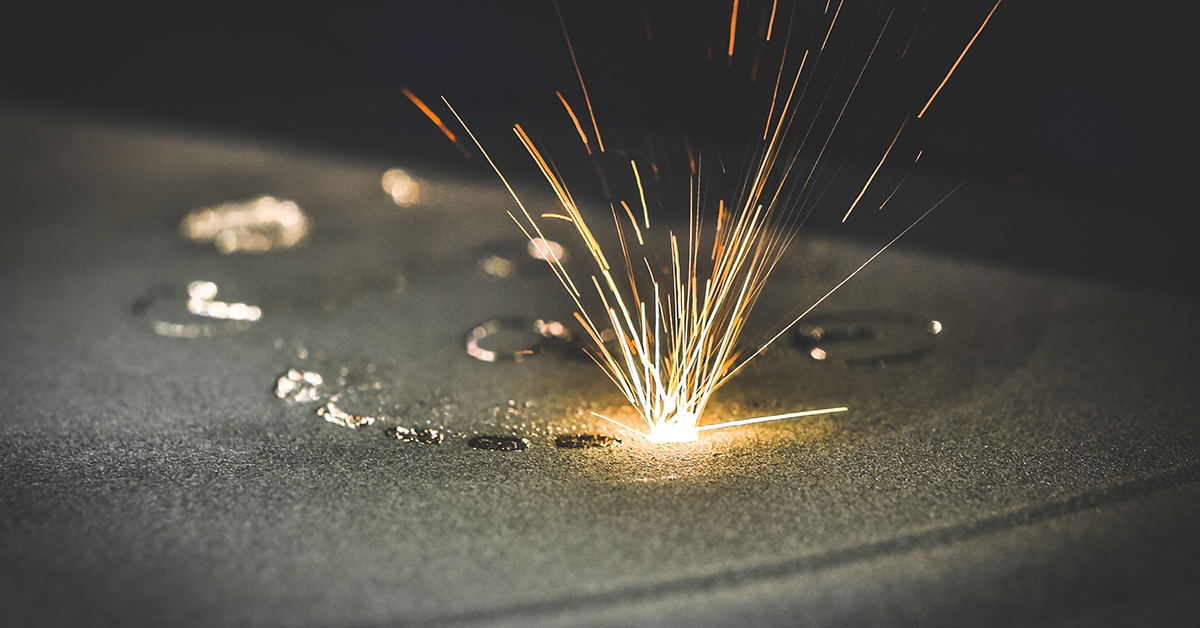The Naval Sea Systems Command and Johns Hopkins Applied Physics Laboratory have collaborated to facilitate the adoption of additive manufacturing, or AM, for military applications.
Johns Hopkins APL said Tuesday it will team up with NAVSEA researchers to prove that AM can be utilized for advanced defense manufacturing.
Register to join the Potomac Officers Club’s 2025 Navy Summit, where naval and maritime leaders will discuss the latest innovations and initiatives, such as additive manufacturing.
Proving the Potential of Additive Manufacturing
The strategic partnership intends to determine the potential of AM for building military hardware through extensive research and testing, along with active engagement with NAVSEA’s technical community. The participating researchers will focus on laser powder bed fusion, a high-precision metal 3D printing process.
The method involves precise control over technology, which a specific APL study used to disprove porosity issues with metal additive manufacturing. The study showed careful control over process parameters addressed porosity and quality issues. Another study determined that material consistency can be achieved across the industry, while a third validated the durability of parts made through additive manufacturing.
NAVSEA aims to develop standardized processes and prioritize quality control, including raw material properties and manufacturing conditions, to address concerns on product uniformity. It intends to ensure that all components made by different vendors are of the same quality.






